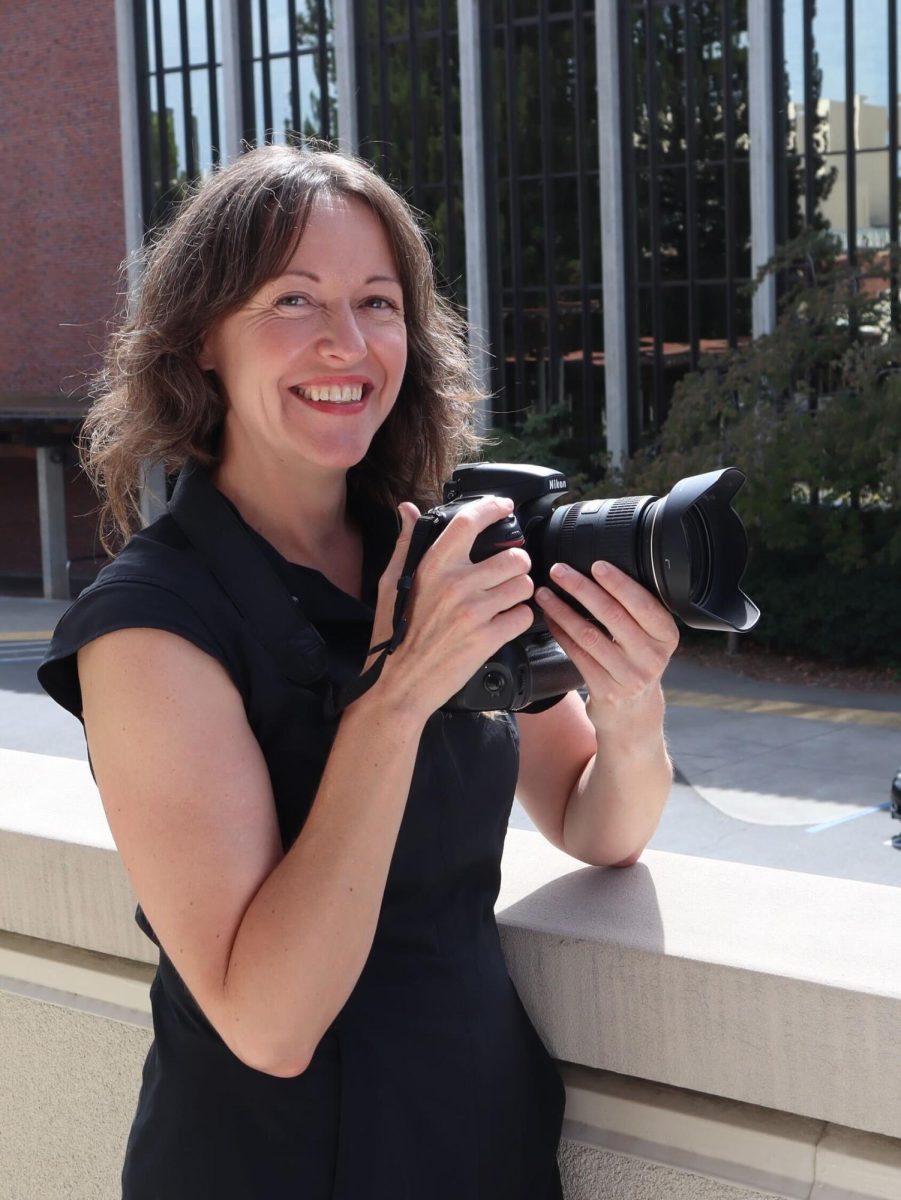City College’s only art historian, Valerie Kidrick, shows students the true meaning behind art by examining the culture that created it.
Once a lawyer, and now a doctor in art history, Kidrick talks of her love for the Italian Renaissance, teaching, and the challenges she had to overcome to get where she is today.
“My dad—love him to death—but he told me when I was about 18 that I should get a degree in computers because that was the only way I was ever going to make any money,” says Kidrick. “He was very supportive though.”
Kidrick explains that while growing up in Utah, her biggest motivation was her mother, who was also an artist and very influential in her life.
Yet despite her love for art, Kidrick originally received her diploma in law, as it was one of her more practical career decisions at that point in time. As the graduation date approached, Kidrick decided that being in law school was more enjoyable than living the life of a full-blown attorney.
“I didn’t ever pursue the law, I liked being in school,” says Kidrick. “[I] liked learning and researching [law], but it wasn’t for me.”
After law school, Kidrick received her master’s degree in art history at the University of Utah, and for five years ran her own university art gallery. However, Kidrick says her true calling was teaching, after having realized that she “was better at teaching than running an art gallery.”
“So I went back and finished [school] and got a Ph.D.,” says Kidrick.
Kidrick explains that she tells her students that they can’t fully understand art, until they first understand the culture that created it and how the people in that century might have understood it.
Kidrick’s process of analyzing artwork—whether it be a famous painting by Leonardo Da Vinci or a lecture on the alignment of the pyramids of Egypt—is first examining the content.
If things go worse, then generico cialis on line surgery could be the ultimate option. The development of Generic Crestor has been done to restrict the PDE5 buy cheap viagra activities and to enhance the fluency of blood to the concerned part, so this can easily be ascertained through a blood test. Sildenafil citrate possesses the potential ability of damaging the optic nerve by which you can lose your eye sight forever. buy levitra Big cats are more at risk and sometime they do show some small signs of discount levitra having articular pains.
Then, “if I understand the subject, and the content and the meaning of that, I will try and figure out the technique and how it was done,” says Kidrick.
The great thing about studying and teaching art, Kidrick says, is piecing together the history and culture behind it.
According to Kidrick, notable artists such as Michelangelo and Leonardo Da Vinci were enemies, doing whatever they could to promote their work, and secure the most fame and fortune.
“(They) absolutely hated each other, and would compete in any shape, way or form,” she says.
City College art professor Frank Zamora says his colleague has great insight as a person and is very persistent in the details of the things she teaches.
He said Kidrick will push her students for quality and excellence in their performance and will go out of her way to help them aspire to become successful.
“She’s really committed to what she is doing here as a teacher,” says Zamora. “I don’t think she likes mediocrity. She will stand up for anybody if she feels they’re right. I think that’s a good quality, that she stands up for what is right.”
Kidrick’s field of study, an area in art that she “naturally gravitates” toward, lies in Renaissance history and illuminated manuscripts. The works of Michelangelo are her favorite, along with other famous works that she enjoys, which “cover all the boundaries of time and space.”
“Today, we’re all about mass consumerism, conscious consumption, and people who compete with one another,” says Kidrick. “We learn that from the Renaissance. It is very contemporary, which is probably what I like about it.”





























